|
INTENTION
The purpose of this posture is to build strength in the arms, shoulders, abdomen, hips and thighs. It requires intense engagement of the body, perhaps the most of any posture. The most important element is lifting the hips backward instead of forward. Push down strongly with the arms and pull the hips up and back. This posture is quite simple in theory, though quite difficult in practice. It takes a lot of strength in the chest and shoulders to lift the body, and a lot of strength in the abdomen, hips and thighs to lift the legs. There are no magic tips to make this posture easier, just repetition and perseverence. Keep trying. You will get stronger. BREATH All of the breathing muscles are engaged in this posture, so breathing is difficult. The chest, back and torso muscles are engaged to lift the body; the abdomen is engaged to lift the pelvis and legs. Take short breaths, but breathe. Try to stay as relaxed as possible. BENEFITS This posture builds strength in the arms, shoulders, chest, abdomen and upper legs. It builds tremendous focus and determination. Excerpt from the Ghosh Yoga Practice Manual - Beginning
0 Comments
The problem with resolutions is that we make them once per year. The rest of the time we live on a day to day basis. No big goals or visions, just doing what we need to do to get by.
Yogis know that the habits of the mind are some of the most powerful forces in our lives. The patterns we create and reinforce over months and years of repetition will easily overwhelm a new idea or desire. Habit is simply too powerful. Making a new habit is really hard. HOW TO CHANGE A HABIT The first step in changing a bad habit is awareness. Recognize that it exists. Every time you engage in this habit, notice. Tell yourself, "There it is again. I'm doing this without thinking, as a habit." The second step is interrupting the habit. When you notice yourself doing the habit, try to stop it. This is the hardest part. Sometimes it works and sometimes it doesn't. The point here is not to stop it every time, but to begin the formation of a new habit: the habit of restraint. The third step is replacing the old, bad habit with a new, good habit. This makes restraint a lot easier, since our minds would rather do something than do nothing. This is where our resolutions come in. (Hopefully you can do this anytime of year, not just on January 1.) Pick something you want to cultivate that you're not currently doing. Insert this thought or action in place of the old habit. This takes time. It's not just a matter of will, but a matter of persistence and determination. Be patient and keep at it. This way you can rid yourself of bad habits and create good ones. Inherent in every spiritual tradition in the world is the concept of loving others. Not because they are nice to us or from the same culture, not because of what we can get from them or how they make us feel.
We love because we are all the same. "Love your neighbor as you love yourself" is the clearest and simplest of messages. What we see in ourselves is also in others. This does not mean that we don't have differences. One only needs to do a little bit of travel to experience the diversity in the world. Humans talk different, eat different, dress different according to how their region and culture has developed. But that same little bit of travel reveals the common threads of humanity. Every human I've ever seen loves their family and likes to laugh. And, contrary to some opinions, every person I've met will be generous with strangers as long as they don't feel threatened for their own safety or livelihood. So, as you read this during the holiday season, you may be in the presence of family or strangers who test your patience. Love them, not because you like them or because you think they are compelling company. Love them because to do so is a recognition of your innermost being. When the doorbell rings, our dog Bug goes crazy. He barks like mad because he knows there is a stranger on the other side of the door. He is defending his territory. When the television is on and a doorbell rings onscreen, he has exactly the same reaction. He rushes to the front door and barks, even as we reassure him that the doorbell wasn't real. He doesn't have the ability to separate reality from the false reality of the television.
The scary part is: we have the ability to engage with "false" reality. Actually, we can hold countless "realities" in our minds at any given time. The trouble is that only one is actually real. All the others are false, and we spend a lot of time with our minds immersed in these false realities. Watching television and movies is the ultimate expression of this. We spend hours at a time engaging our minds in completely fabricated realms designed to trick us into mental and emotional responses. Every moment we spend in these realms is a moment that we are detaching our mind from reality. It becomes harder and harder for the mind to recognize, much less function effectively in, true reality. All of yoga philosophy is based on the idea that we exist in a state of illusion rather than reality. The things we see, hear, touch and think are constructions of our mind. They are not reality. The practices of yoga lead us to strip away the illusion a little bit at a time, gradually revealing the true nature of reality and the self within it. Television does exactly the opposite of yoga practice. It creates false realities for our minds to engage in, and the better the program is, the more we involve ourselves and identify with the characters and situations. So, the better the show or movie is, the worse it is for your yoga practice! INTENTION
These two positions begin to bridge the gap between Camel, a vital posture in beginning practice, and Full Camel, the most accessible of the Full Backbends. Preparation 1, with the hands on the back of the thighs (pictured top), is a remedy to the most common problem with Camel Posture: Once we attain a certain level of ease, we are temped to push the hips forward beyond the knees. Instead, we should keep the hips over the knees and bend the spine more deeply, lowering the head and shoulders. We accomplish this by placing the hands on the back of the thighs instead of the heels (as in beginning Camel) and lowering the upper body. Preparation 2, reaching one arm overhead with the other on the back of the thigh (pic- tured bottom), helps us to open our chest and shoulders. By reaching with only one arm, we can become comfortable with this intense sensation while still supported and safe. BREATH Breath will be short in any deep backbend. The lungs are stretched, and most of the muscles of breathing are paralyzed by the extension of the front side. It is easy to panic when you feel the breath shorten. One of the vital elements of deepening your backbends is learning to stay relaxed even when your breath becomes quite short. If you sense rising panic, come out of the posture a little, and work where your breath can be calm. BENEFITS These positions allow you to gradually deepen your backbend while still supported, helping you to overcome the natural fear and disorientation that are the greatest obstactles to backward bending. Excerpt from the Ghosh Yoga Practice Manual - Advanced 1 In the second chapter of the Yoga Sutras attributed to Patanjali, we learn that there are five afflictions of the mind which cause suffering. In the practice of yoga they must be alleviated in order to attain samadhi, or the super conscious state. These afflictions, known as kleshas, are ignorance, egoism, attachment, aversion and fear of death. All of them deserve a lengthy discussion and much contemplation, but for the sake of starting the conversation, we will just briefly describe each of them.
The first affliction is ignorance or avidya. This is considered the root cause of all suffering and the lead affliction for which all others follow. In this state of ignorance, we interact with the world of the senses as though it is reality. Clearly speaking, it is when we identify the self with the body and the mind. The second is egoism or asmita. In this state we create a false sense of self because we identify with what we perceive. Similar to avidya, we associate with the senses but to the point that we cannot distinguish ourselves as separate from the mind. Because of this we see ourselves as completely separate from others. This separateness leads us to judge ourselves and our abilities against what we perceive the abilities and qualities of others to be. The results are the ever emotional states of pride and feeling not enough. The third affliction is pleasure or raga. In this state we seek out what we perceive to be pleasurable. This leads us to identify with individual pleasures in the material world. Because the senses do not bring about lasting pleasure, this inevitably leads to pain. We feel that we have something we like, and then it is gone just as fast as it appeared. The fourth affliction is aversion or dvesha. This is a similar path as raga, but here we seek to avoid pain. This partnership between pleasure and aversion creates a back and forth state in which the self is never content but rather acting to either get perceived pleasure or avoid pain. The fifth affliction is fear of death or abhinivesha. This affliction is incredibly powerful because it gets in the way of spiritual growth. Here, fear of death does not necessarily mean fear of the physical body dying, but can also be seen as our interaction with the ego. We tend to cling to what we perceive as the self because of ignorance, a false sense of I, perceived likes and dislikes, and anytime we want to move beyond that sense of self the ego senses this and reacts quite harshly. The ego is incredibly efficient at setting up barriers against change. For instance, we can see ourselves as simply unable to change certain things about ourselves. However, if we can manage to lean in just a bit, we will find that these barriers are not real. While change can appear scary, it isn't once we get started. This fear is another affliction of the mind and not reality. Almost every yoga practitioner who has been at it for more than a few months has dealt with an injury. The physical nature of our western yoga practices---the deep stretching and vigorous movements---is bound to injure the body sooner or later, just as any physical activity carries the danger of bodily harm. Lots of us even start a yoga practice to help deal with preexisting injuries.
The point is that injury is common among practitioners of yoga, and contrary to how it may seem, injuries are actually invaluable for the progress of our practice. CARRY ON, MINUS THE EGO Think about it: how do you deal with an injury? After an initial period of frustration and even anger, you slow down and figure out how to carry on with the new reality. This "carry on" mentality means we have to let go of who we thought we were before and adopt a new mentality of who we are now. This is a crushing blow to the ego, which holds on tightly to our idea of the self. Believe it or not, this is a profound step in the yogic practice: learning to detach from the belief that we are our body or the postures we do. ATTENTION INWARD The next thing you do is continue your practice (hopefully), but with an intense inward focus. Your awareness of the body is heightened by your pain and the desire to heal. This heightened bodily awareness is one of the highest goals of physical practice. By turning our attention inward, we recognize what the body is (a body) and what it isn't (the self). From there, the progression toward detachment continues. HEALTH Of course, we are not suggesting that you go out and hurt yourself. Nor are we suggesting that you practice in a cavalier way that courts injury. These steps of awareness and detachment can happen without injury, too. Also, most of us here in the west practice physical yoga to improve our health. This is wonderful, and health is wonderful. But, yogically speaking, there is always the danger of identifying the "self" with the body. This happens especially when we are strong and healthy. The ego loves to equate itself with physical strength. We hope that you never get injured. But, if you do, remember that your yoga practice and your "self" are not defined by which postures you can do. INTENTION
Wheel is a deep backward bend, made even deeper by the extension of the arms over- head, which stretches the shoulders and upper chest. Wheel expands on the frontside opening of Camel and counters the forward bend of Rabbit. Try to get your arms straight and your shoulders over your wrists. The hips lift up as high as possible. BREATH Lungs are very extended in this posture, and the muscles of the chest and torso are engaged, so breath will be about 50%. Keep the breath as slow and relaxed as possible. It is easy to let the intensity of this posture shorten the breath and lead to mental panic. Relax the breath and use it to cultivate ease in the body and calmness in the mind. BENEFITS This posture builds strength in the spine, hips, arms and legs. It stretches the belly, chest, throat and the front of the hips. It stretches and stimulates many of the nerve plexuses on the front side of the body, making it an intense experience but improving confidence and relaxation. Excerpt from the Ghosh Yoga Practice Manual - Intermediate. The word Karma means action. Everything we do is an action, as is every thought we have. Inherent in these, is the danger of believing that these thoughts and actions are who we are.
This is quite simple in theory. For example, we all have things we like and things we don't. But when we believe these likes and dislikes are actually a part of who we are, we strengthen the ego, reinforce these misconceptions, and identify with something we are not. We do not have likes and dislikes, the ego does. This continues when we deem some tasks to be below us, some positions out of reach, some interactions pleasant, some people frustrating, etc. It is true that we can do something we don't want to do, be given a promotion we don't feel ready for, have a great conversation, be full of road rage in heavy traffic, but through all of these scenarios, the actual essence of who we are will not have changed at all. (If these actually changed us, that promotion we've always dreamed of would finally make us happy!) Karma Yoga is a way of purifying the mind. By doing Karma Yoga we strive to remove the ignorance of identifying with our likes and dislikes as inherent in the self. In essence, practicing Karma Yoga removes the association we have with this false sense of "I am." Karma yoga is acting without attachment to the results. It is being skillful in action. We all act and we all think, that will not change. But if we are seeking purity of mind, we do not want to reinforce what the ego desires. We will experience likes and dislikes, but through our actions, we should learn to see them for what they are and not who we are. This is an essential first step for a yogi. Otherwise all of our thoughts and actions will stay rooted in our perceived desired outcome (what the ego falsely thinks will bring about happiness or contentment). As a Karma yogi, we must do our work without associating with the outcome. Anything else is our ego taking us for a ride. Most yoga teachers begin teaching because of the benefit and transformation they've undergone through their practice. They want to share that tool of transformation with others.
We must hold tight to this purpose and inspiration. It is so easy for it to fade as we deal with the logistics of teaching. We get tired, we get frustrated, our own practice loses its immediacy and passion, we struggle to find time for teaching, practice, our day job, our family, etc. Teaching of any sort is a high responsibility. What you teach will inform the minds and lives of your students. Don't brush it off, thinking "I'm just a yoga (or any other subject) teacher." Don't push the responsibility for understanding onto the students. Sure, it is vitally important that a student be passionate, curious and discerning. But those qualities brought them to your class, and you have the power to put thoughts in their head for the next hour or so. The role of teacher is the highest in the realm of learning. Only a teacher has the ability to lead students where they can not go themselves. A student's own knowledge will not take them there, even personal study may be insufficient since it relies on the indwelling logic and structure of the student's mind. Only a teacher who has greater knowledge and experience can open the student's eyes to things they are unaware of. This is not to be taken lightly. |
AUTHORSScott & Ida are Yoga Acharyas (Masters of Yoga). They are scholars as well as practitioners of yogic postures, breath control and meditation. They are the head teachers of Ghosh Yoga.
POPULAR- The 113 Postures of Ghosh Yoga
- Make the Hamstrings Strong, Not Long - Understanding Chair Posture - Lock the Knee History - It Doesn't Matter If Your Head Is On Your Knee - Bow Pose (Dhanurasana) - 5 Reasons To Backbend - Origins of Standing Bow - The Traditional Yoga In Bikram's Class - What About the Women?! - Through Bishnu's Eyes - Why Teaching Is Not a Personal Practice Categories
All
Archives
May 2024
|

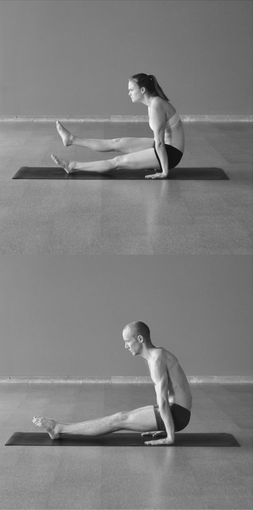
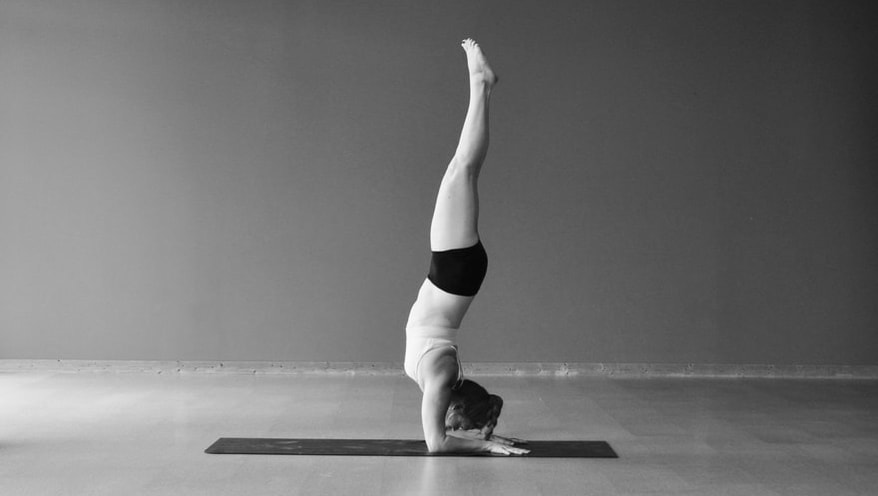
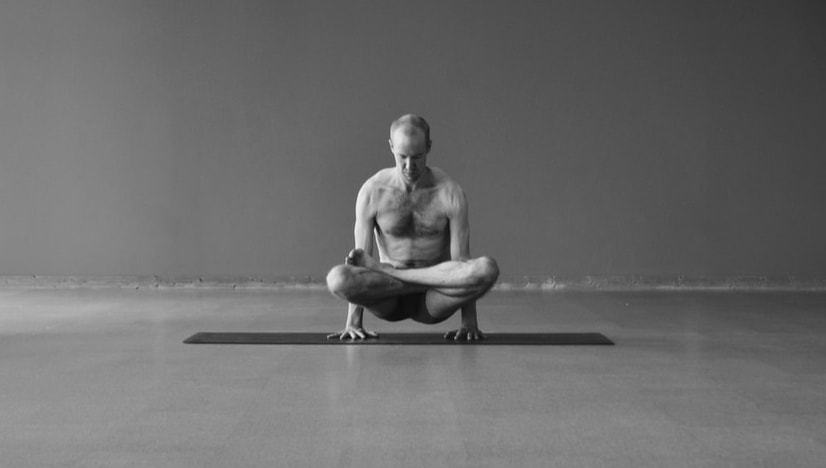
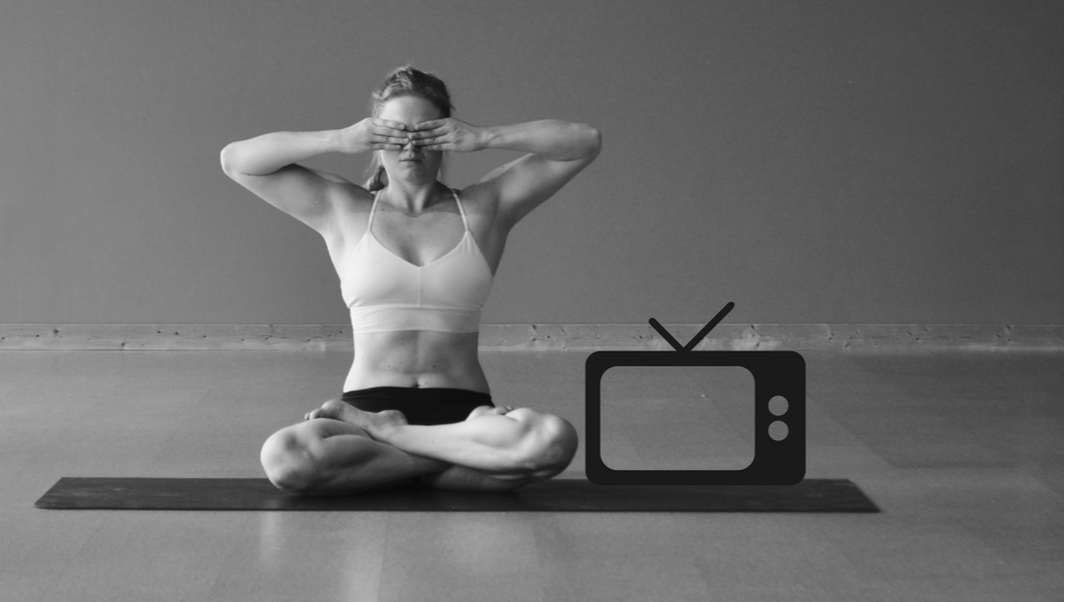
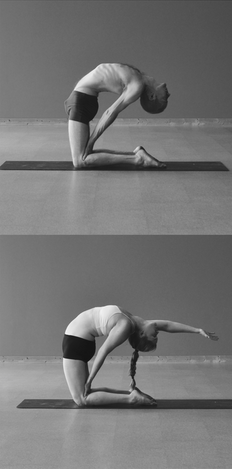
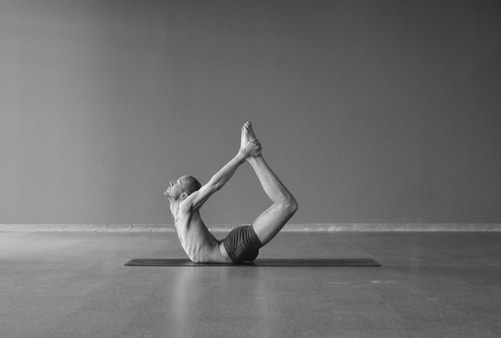
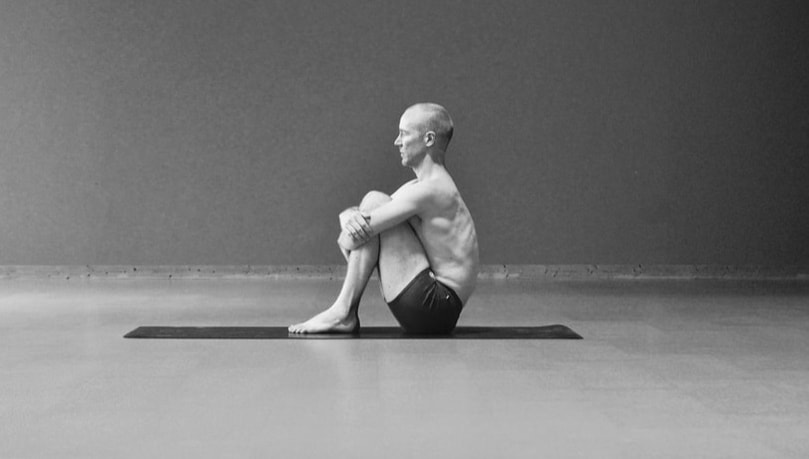
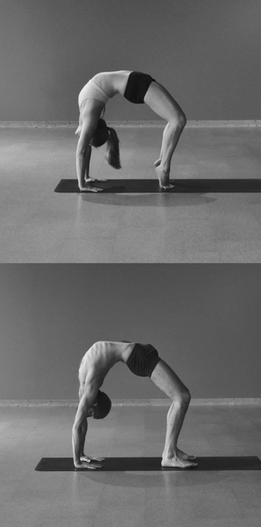
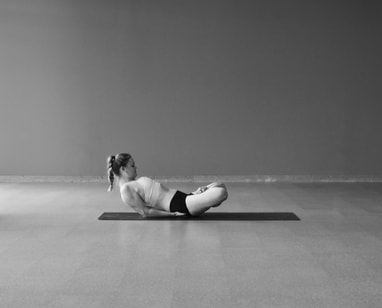
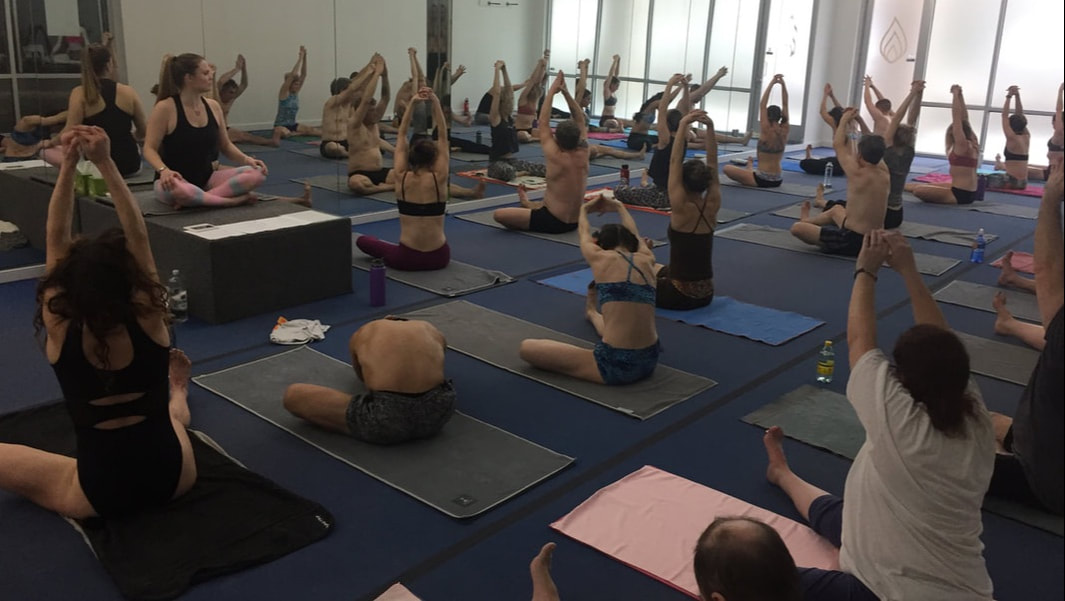





 RSS Feed
RSS Feed